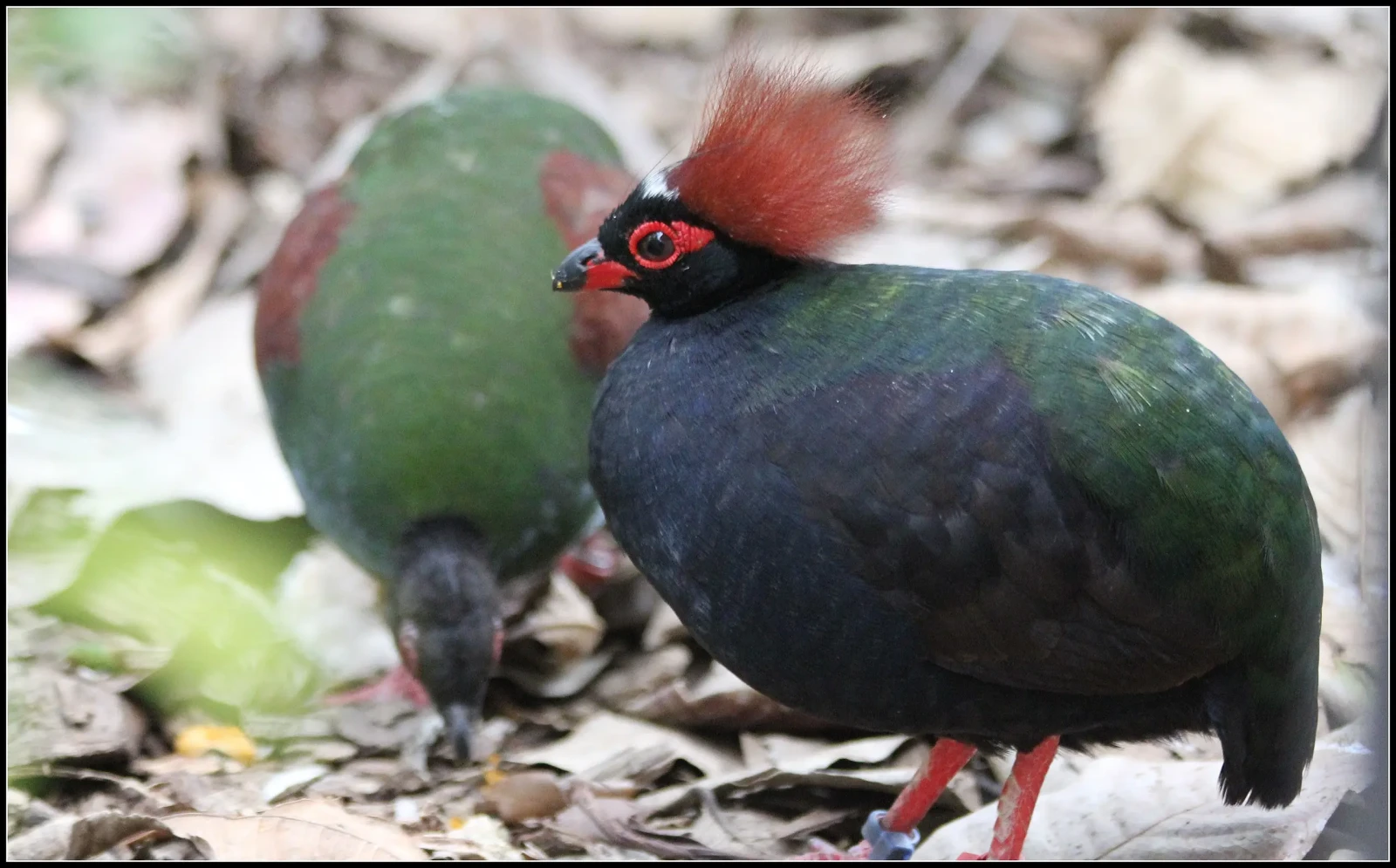
Trade in Galliformes
International wildlife trade presents a complex and nuanced challenge for Galliformes conservation, encompassing a wide range of species from gamebirds to rare and endangered grouse and pheasants. Galliformes, which include economically and culturally significant birds like quail, grouse, turkeys, and pheasants, are subject to multiple pressures from international trade, including live bird markets, hunting commerce, and the exotic pet trade.
While some species are traded sustainably for agricultural or sporting purposes, others face significant threats from overexploitation, habitat fragmentation, and illegal wildlife trafficking. The Convention on International Trade in Endangered Species (CITES) plays a critical role in regulating these trade dynamics, providing a framework for monitoring and controlling international movement of Galliformes species.
Specific challenges include tracking captive breeding operations, preventing illegal harvest of wild populations, and understanding the complex economic and ecological interactions that drive wildlife trade for these birds. Conservation strategies must balance the economic interests of local communities, sustainable use principles, and the critical need to protect vulnerable Galliformes populations from unsustainable exploitation.
CITES Appendices and Trade Regulation:
CITES (Convention on International Trade in Endangered Species of Wild Fauna and Flora) regulates international trade through three appendices. It's important to note that CITES listing is specifically related to trade impacts, and some species may have concerning conservation status (e.g., on the IUCN Red List) but not be listed in CITES if international trade is not a significant threat to their survival.
Appendix I:
Species threatened with extinction that are or may be affected by trade. International commercial trade is generally prohibited, with rare exceptions for scientific research or other non-commercial purposes.
Appendix II:
Species that are not necessarily threatened with extinction but require trade controls to prevent utilization incompatible with their survival. This appendix also includes "look-alike" species, which are controlled to ensure effective regulation of other listed species.
Appendix III:
Species that are protected in at least one country, which has asked other CITES Parties for assistance in controlling trade. Unlike Appendices I and II, these listings are made unilaterally by individual countries.
The absence of a species from CITES appendices does not indicate that it is not threatened - it only means that international trade is not currently considered a significant threat to its survival. Conservation status should be assessed using other measures such as the IUCN Red List.